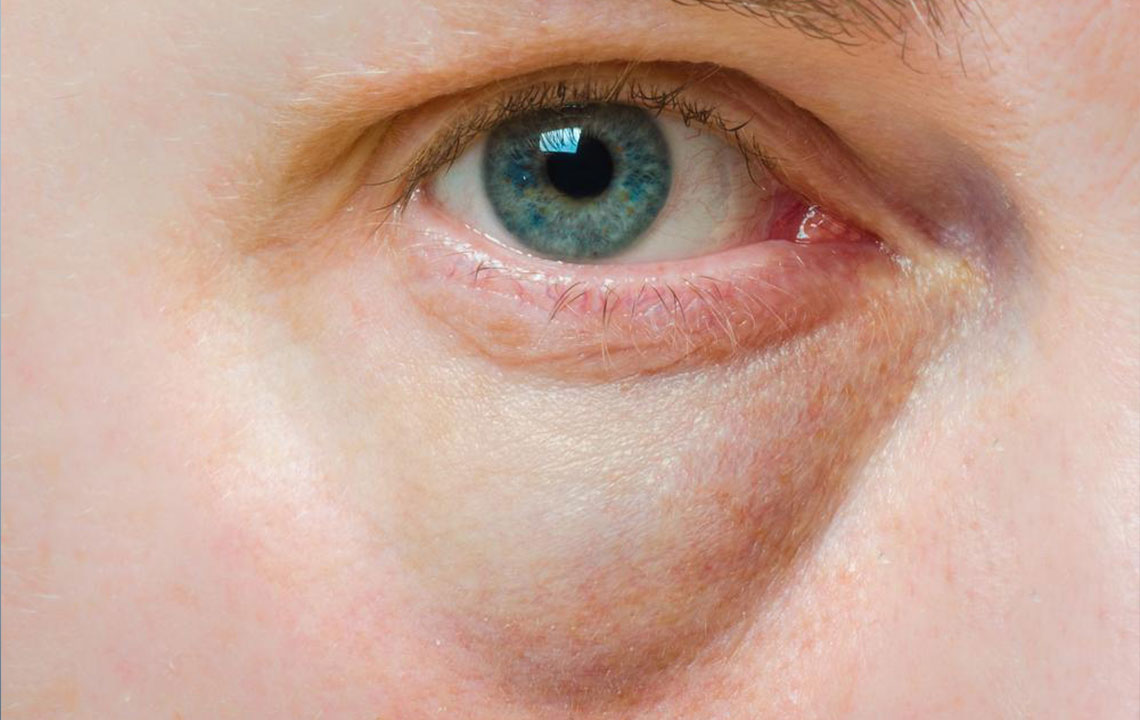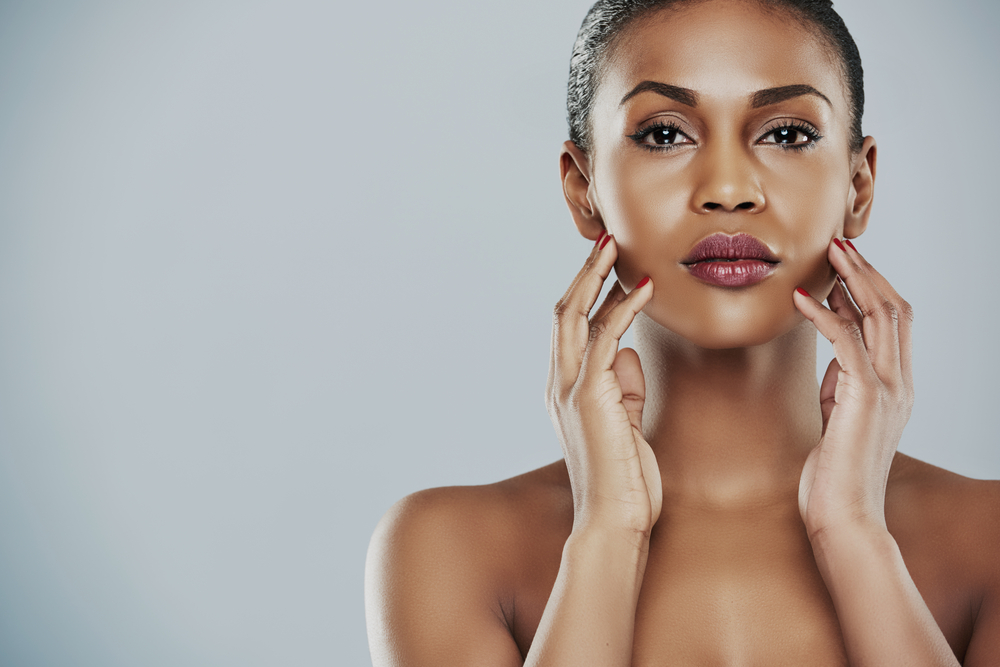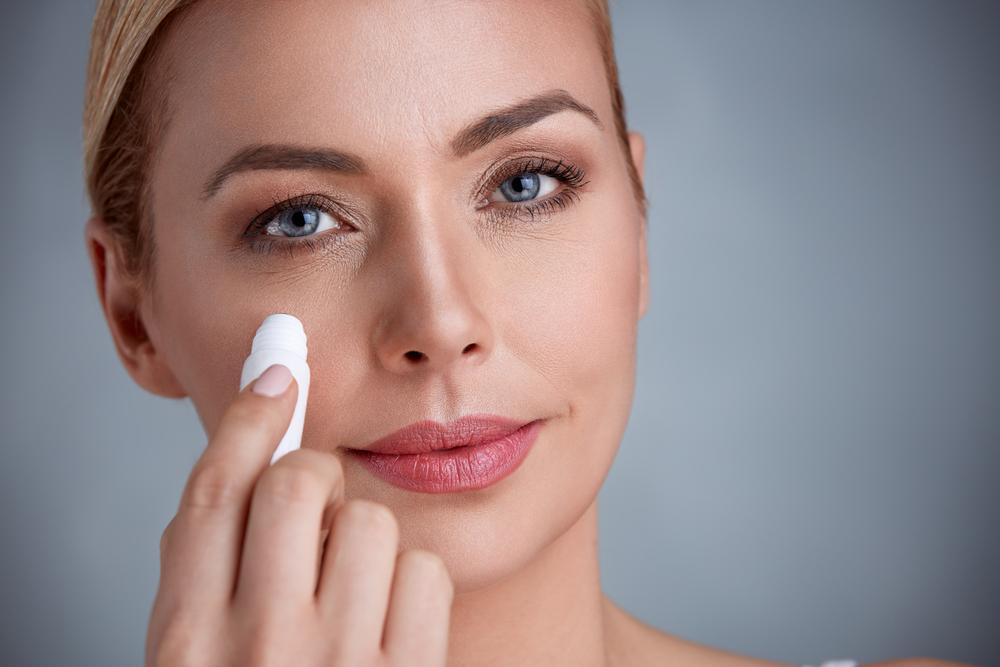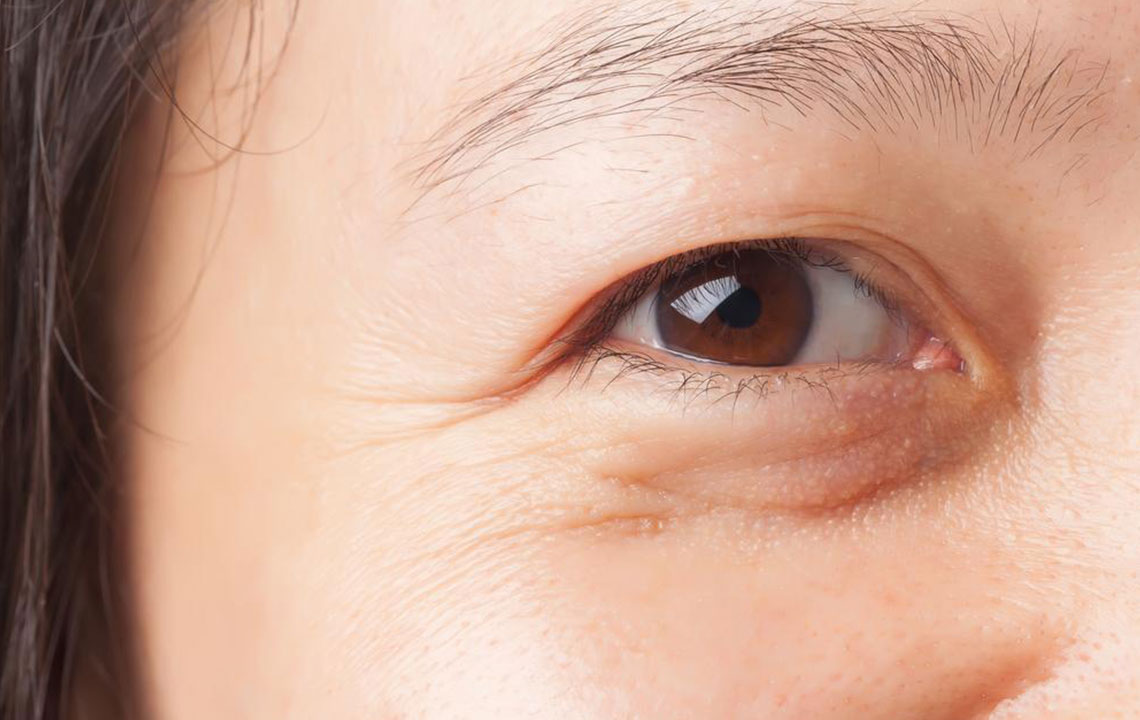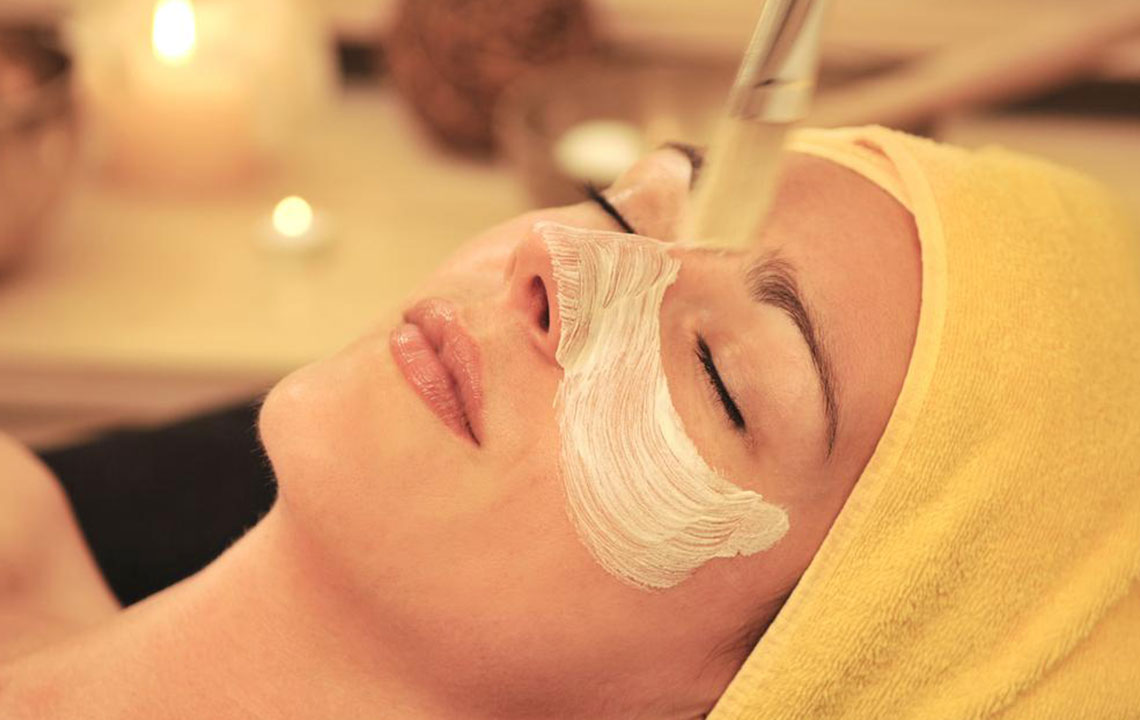Comprehensive Guide to Naturally Reduce Under-Eye Shadows and Swelling
This detailed guide explores effective ways to reduce under-eye shadows and puffiness naturally. It covers causes, lifestyle adjustments, skincare tips, and home remedies to help you achieve brighter, healthier eyes. Learn how genetics, sleep habits, and lifestyle choices influence under-eye skin and discover practical, natural solutions for a rejuvenated look.
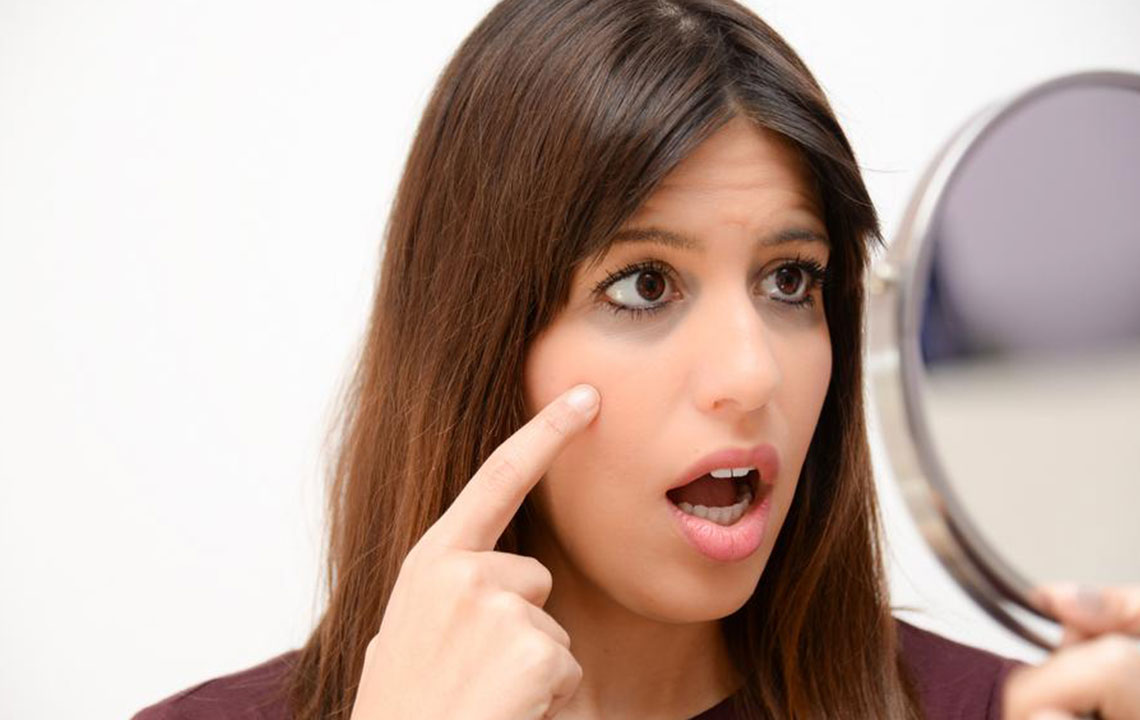
Comprehensive Strategies to Naturally Minimize Under-Eye Shadows and Puffiness
Expressive eyes are often considered a window to your overall health and vitality. However, many people notice dark circles or puffiness under their eyes, which can make them appear tired, stressed, or less vibrant. These common beauty concerns are widespread and can significantly impact self-confidence. Fortunately, there are various effective ways to improve the appearance of your under-eye area through lifestyle changes, skincare routines, and natural remedies. This extensive guide explores the causes, preventive tips, and treatment options for dark circles and puffiness around the eyes, helping you achieve a brighter, more refreshed look.
Dark circles manifest as shadowy areas that form around the eye socket, often accompanied by fine lines or blemishes. They are primarily caused by the thinness of the skin beneath the eyes, which makes blood vessels and blood more visible, creating a discoloration. Puffiness, on the other hand, results from fluid accumulation in the tissues surrounding the eyes, leading to swollen, swollen appearance. Understanding these differences is crucial for selecting the right treatment approach.
While these under-eye signs may seem persistent, they often diminish over time with proper care. Many assume dark circles are solely due to fatigue or late nights, but genetic factors, lifestyle choices, and health conditions can also play significant roles. For example, inadequate sleep, alcohol consumption, allergies, and certain medical issues can exacerbate these concerns. Recognizing the root causes allows for targeted intervention, making your efforts more effective.
Below are some of the primary factors contributing to under-eye darkness and puffiness:
Genetic Heritage:> Genetic predisposition often results in darker under-eye areas, especially when inherited traits persist from childhood into adulthood. If your family members have similar traits, chances are you might also be affected.
Allergies and Nasal Congestion:> Allergic reactions often cause inflammation and dilation of blood vessels near the eyes, intensifying the appearance of dark circles. Managing allergies through medication and avoiding irritants can help reduce these symptoms.
Lack of Adequate Sleep:> Sleep deprivation remains one of the most common causes of dark circles and puffiness. Ensuring quality sleep supports skin health and reduces signs of fatigue.
Oversleeping or Poor Sleep Patterns:> Interestingly, excessive sleeping can also contribute to puffiness, especially if coupled with poor sleep quality or irregular sleep schedules.
Iron Deficiency:> Low iron levels impair oxygen delivery to tissues around the eyes, resulting in a dull or darkened appearance. Including iron-rich foods or supplements, if necessary, can help improve this condition.
Unhealthy Lifestyle Habits:> Smoking, excessive caffeine intake, and prolonged smartphone use negatively affect blood circulation and skin health, aggravating under-eye issues.
Fluid Retention:> Especially common during pregnancy or with weight fluctuations, fluid buildup can cause swelling and darkening under the eyes.
Sun Exposure:> UV rays stimulate melanin production, darkening skin tones around the eyes. Always wearing sunscreen helps prevent pigmentation issues.
Age-Related Changes:> As we age, collagen and fat in the lower eyelid area diminish, leading to hollowing or shadow formation that accentuates dark circles.
Sodium Intake:> High salt consumption causes the body to retain water, often resulting in puffiness and a darker under-eye appearance due to fluid accumulation.
Effective treatment of under-eye concerns involves a combination of lifestyle modifications, targeted skincare, and natural remedies. While some effects may be noticeable overnight, significant improvements often require consistent effort over weeks. If home remedies and over-the-counter products do not yield satisfactory results, consulting a dermatologist or skincare professional is advisable.
Elevate your head during sleep: Using extra pillows helps reduce blood pooling around the eyes, minimizing puffiness and preventing fluid accumulation.
Apply cold compresses: In the morning, placing cold packs or chilled spoons on your eyes constricts blood vessels, reducing swelling and dark shadows.
Use skincare products with proven ingredients: Creams containing Vitamin C, peptides, or hyaluronic acid can boost collagen production, brighten skin, and improve hydration. Remember to apply sunscreen daily to protect against UV damage.
Gentle massage and targeted application: Massaging around the eyes with arnica, green tea extract, or grape seed oil can enhance circulation and reduce inflammation.
Incorporate stress management activities: Practices such as yoga, meditation, or deep breathing can lower stress hormones, which often worsen under-eye aging signs.
Use natural home remedies: Applying slices of cucumber, chilled potato, or used tea bags can hydrate and soothe the skin while reducing dark shadows. Consistency is key for visible results.
By combining these comprehensive strategies, you can significantly reduce under-eye shadows and puffiness, leading to a more vibrant, youthful appearance. Remember that individual results vary, and patience is essential. Regular skin care, lifestyle discipline, and natural home remedies can make a notable difference over time, restoring your confidence and brightening your eyes.
